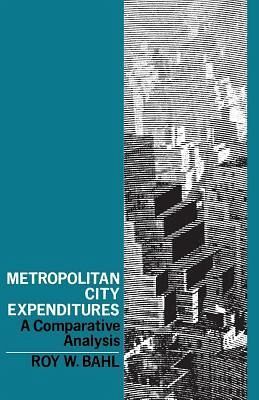
Metropolitan City Expenditures
A Comparative Analysis
Versandkostenfrei!
Versandfertig in über 4 Wochen
15,99 €
inkl. MwSt.

PAYBACK Punkte
8 °P sammeln!
In this study of the structure of core city expenditures, Mr. Bahl analyzes the functional relationship between per capita expenditures and selected economic, demographic, and sociological factors. He finds that the problems central to intercity variations in per capita spending are directly related to the coordination of fiscal and physical planning and that economic and social areas, not corporate boundaries, represent the most appropriate planning units. Mr. Bahl extends the static analysis



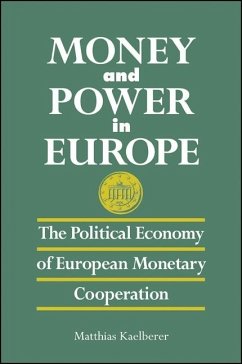
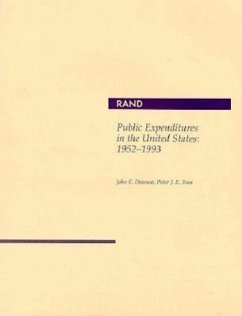
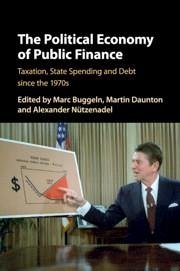

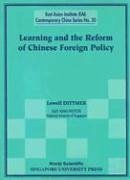
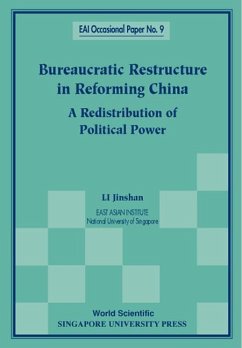


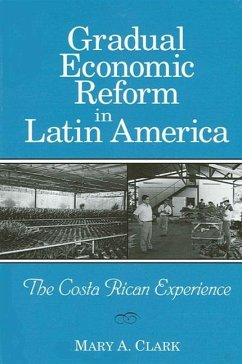
![The Class-meeting: Proceedings of the Class-Leaders' Convention [microform] Held in the Metropolitan School-room and Carlton Street Churc Cover The Class-meeting: Proceedings of the Class-Leaders' Convention [microform] Held in the Metropolitan School-room and Carlton Street Churc](https://bilder.buecher.de/produkte/65/65555/65555212n.jpg)